In previous blog posts, I’ve written about taking still pictures of the night sky, and how to take time exposures in daylight. Now, let’s look at the ten basic steps for capturing the motion of the stars: 1. Get out
Infrared Photography on the Cheap
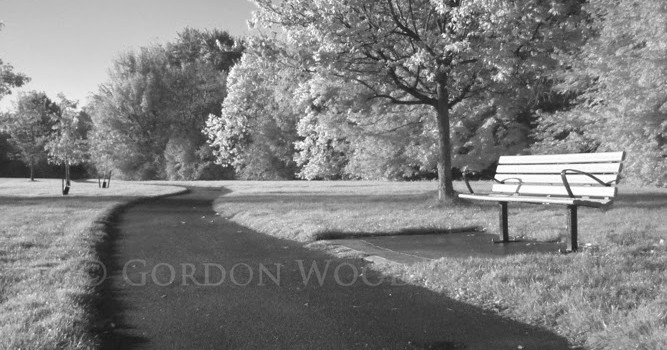
We’ve all seen the articles stating that you can get otherworldly infrared effects by having a little irreversible surgery done to your DSLR sensor. Without a special filter that’s mounted in front of the camera’s CMOS sensor, infrared light would normally
USING SPEEDLITES FOR IMPROVED RESULTS
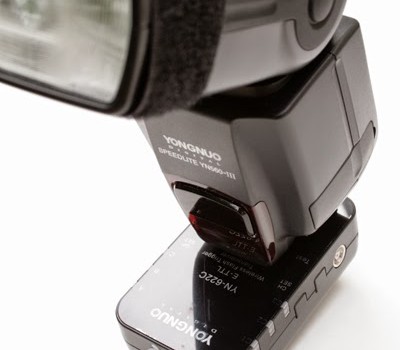
Speedlites , simply stated, are accessory flashes that attach to the hot shoe of your DSLR. By raising the light source above the camera, the speedlite produces a more pleasing effect than the harsh head-on shadow cast by the
New Digital SLR Photography Book for 2014

“Digital SLR Photography Demystified” is my new venture in the world of photography instruction. Originally conceived as a reference for students taking my Digital Photography for Beginners course, it also serves as a standalone guide for those who prefer self-instruction.
WINTER EXPOSURE (PHOTOGRAPHIC, THAT IS)

Have we had enough of cold and snow yet? Unfortunately, it doesn’t look like it’s going away any time soon. So – if you have the itch to get out and take some photos anyway but are disappointed
PERFECTING THE PANORAMIC: STEP BY STEP

It’s getting easier to make panoramics with today’s cameras. Some will actually do the stitching together for you without the need for software. But unless you take control of the process, you may be selling yourself short on results.
THE BEST LIGHT: MAGIC HOUR
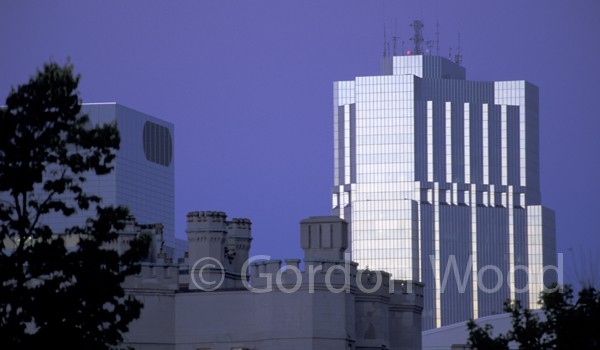
Here’s the typical professional travel/landscape/fashion photographer’s day: 1. Get up well before dawn and drive to a location scouted the day before. 2. Shoot as the sun comes up. 3. Go back to the hotel by about 8 or
Handheld Meters Explained
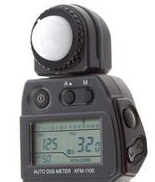
We’ve all seen the portrait photographer holding a white-domed object next to the subject’s face to take a light reading. So why is that being done? Why not just let the camera do its automatic exposure thing and take the
DSLR Lenses: Crop Factor and Image Circles
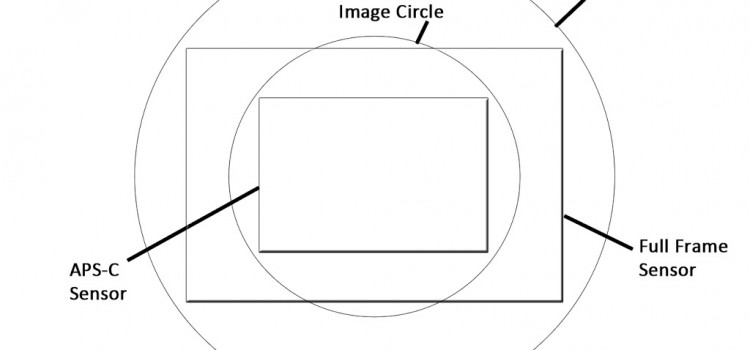
(Not to be confused with crop circles) A few months ago, I wrote about how sensor size affects the way different cameras capture an image when using the same lens. To refine the topic a bit further,
Balancing Ambient Background and Subject Using Fill Flash
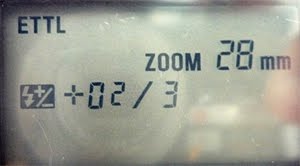
I’ve often ranted in my courses about how horrible mid-day light is for photography. Apart from the colour temperature concerns – an overly bluish, cold tinge to the light – harsh shadows cast from overhead are unflattering, particularly on human subjects. The